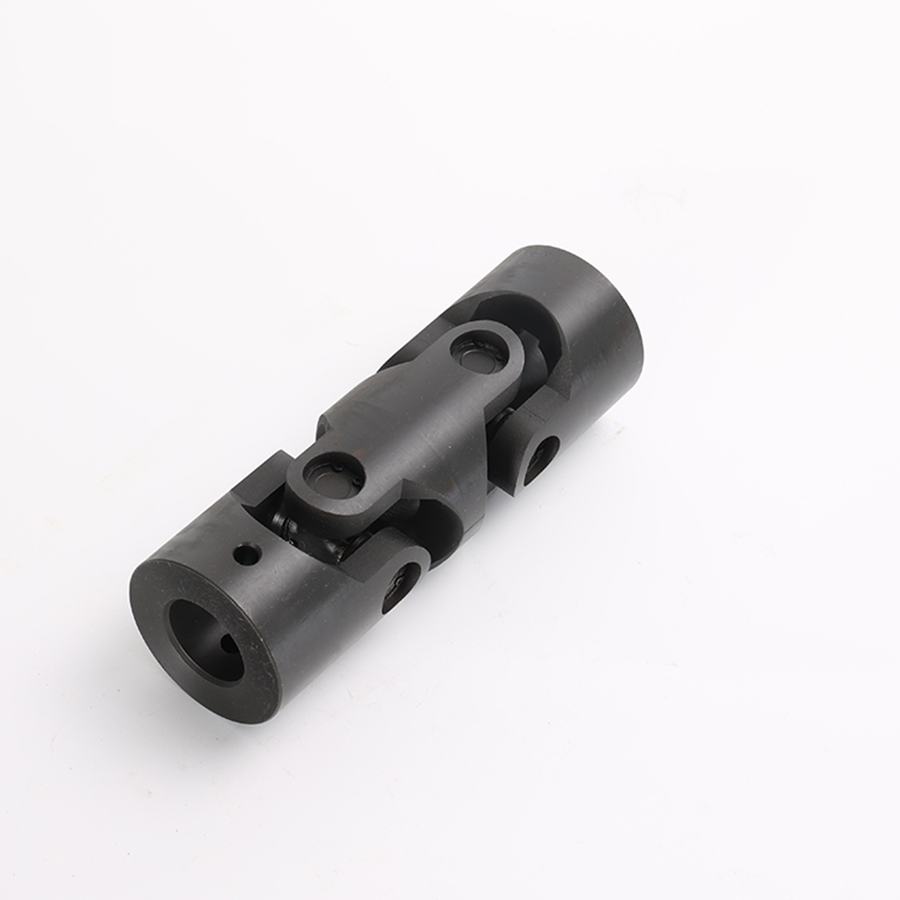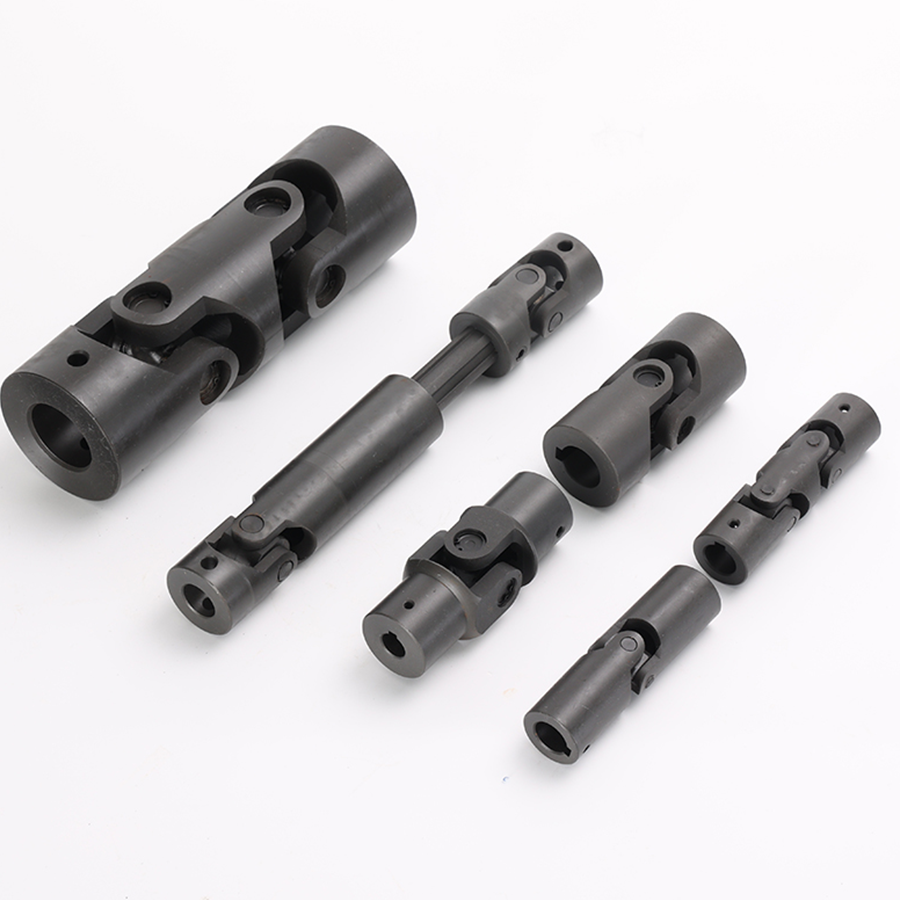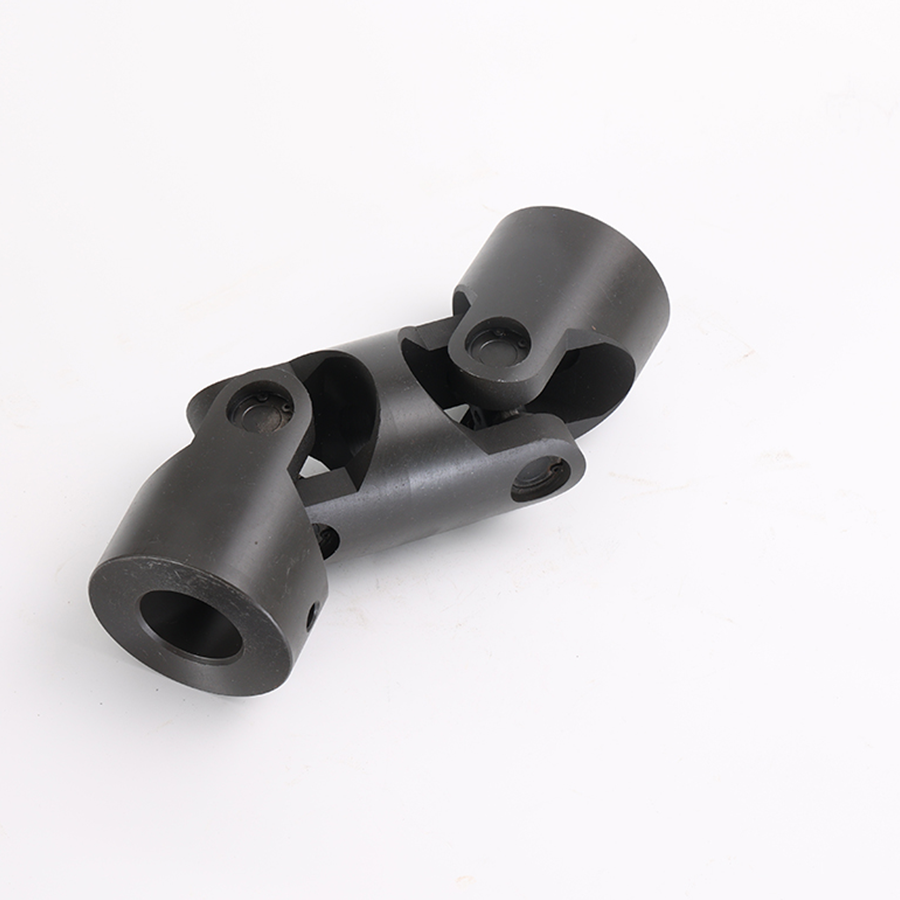
How does a universal coupling realize power transmission between different axes?
Publish Time: 2024-04-02
Universal coupling is a power transmission device used to connect different axes. Its main function is to transmit rotational power and allow the axis to shift or angle to change within a certain range. It usually consists of multiple couplings that allow power to be transmitted in multiple directions and has certain angular offset capabilities. Universal couplings usually use mechanical structures such as spherical surfaces or rollers to achieve power transmission between different axes. Here's how it works and how it's implemented:Spherical coupling: Spherical coupling realizes axis offset and angle change by setting spherical joints between connecting parts. These ball joints allow the axis to move freely in multiple directions and transmit power. Spherical couplings usually have a larger angular offset range and are suitable for applications that require larger angular offsets.
Universal couplings usually use mechanical structures such as spherical surfaces or rollers to achieve power transmission between different axes. Here's how it works and how it's implemented:Spherical coupling: Spherical coupling realizes axis offset and angle change by setting spherical joints between connecting parts. These ball joints allow the axis to move freely in multiple directions and transmit power. Spherical couplings usually have a larger angular offset range and are suitable for applications that require larger angular offsets. Roller coupling: Roller coupling realizes the power transmission of the axis by setting rollers between the connecting parts. Rollers are usually installed in the projections and grooves of the coupling. When the axis is offset, the rollers will roll in the grooves to transmit power. Roller couplings are generally suitable where smaller angular offsets are required.Other types of couplings: In addition to spherical and roller couplings, there are other types of universal couplings, such as cross shaft couplings, cross ball couplings, etc., which are realized through different mechanical structures Power transmission and angular offset between axes.
Roller coupling: Roller coupling realizes the power transmission of the axis by setting rollers between the connecting parts. Rollers are usually installed in the projections and grooves of the coupling. When the axis is offset, the rollers will roll in the grooves to transmit power. Roller couplings are generally suitable where smaller angular offsets are required.Other types of couplings: In addition to spherical and roller couplings, there are other types of universal couplings, such as cross shaft couplings, cross ball couplings, etc., which are realized through different mechanical structures Power transmission and angular offset between axes. Generally speaking, universal couplings achieve power transmission between different axes by using a specific mechanical structure and allow axis offset or angle changes within a certain range. Different types of couplings are suitable for different applications, and users can choose the appropriate type according to specific needs.
Generally speaking, universal couplings achieve power transmission between different axes by using a specific mechanical structure and allow axis offset or angle changes within a certain range. Different types of couplings are suitable for different applications, and users can choose the appropriate type according to specific needs.



